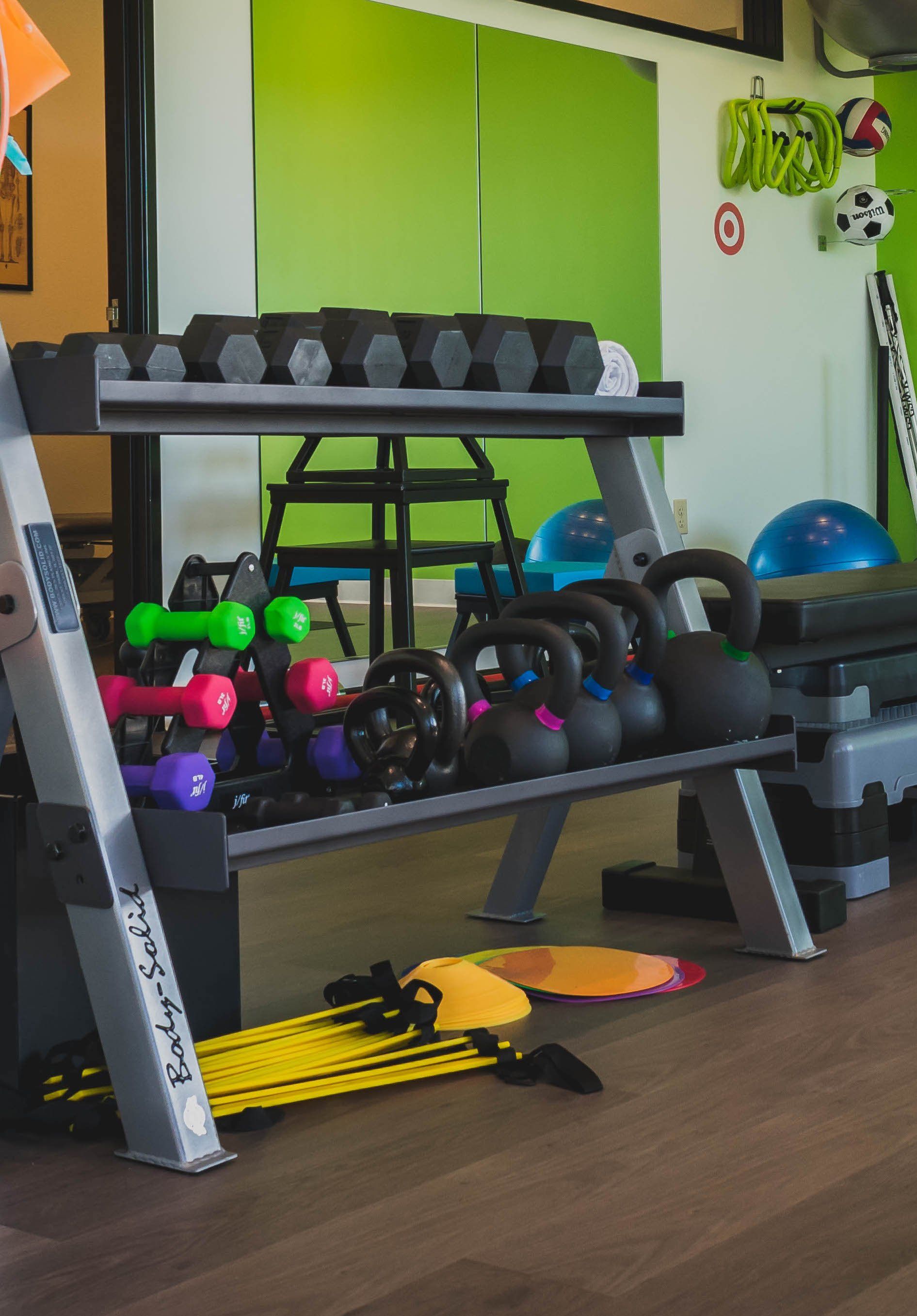Cervicalgia
How to Treat Cervicalgia: Neck Pain Treatment
Cervicalgia is a common term used to describe neck pain—often referred to as a “crick in the neck”. General neck pain can arise from various causes including poor posture, muscle fatigue from overuse or even from poor sleeping positions. When your neck is constantly working to support your head, which weighs an average of 10 pounds, keeping your head in proper position throughout the day is crucial to avoid stress on the neck.
There are a variety of proposed causes of neck pain, however, neck pain is generally classified to focus on its effect on the patient. When neck pain is present along with mobility deficits, it is often referred to as cervicalgia (aka “neck ache”).
What Are Common Signs And Symptoms Of Cervicalgia?
-
- Decreased flexibility of the neck
- Pinched nerves
- A feeling of tightness
- Weakness in the neck musculature, arm or hand
- Limitations in cervical range of motion
- Headache, facial pain or shoulder pain
- Burning sensations in the neck or upper back
- Pain when rotating the head and/or neck
What is Causing My Cervicalgia Neck Pain?
Neck pain may be the result of repetitive overuse while performing heavy lifting or manual work, trauma (ex: after a car accident), sustained poor posture or poor workstation ergonomics. It’s important to remember that every individual and every episode of neck pain is unique and cervicalgia neck pain treatment will vary.
Cervicalgia Neck Pain Treatment:
Some minor forms of cervicalgia may go away after a couple of days with rest and a hot/cold pack treatment, however, if you continue to experience pain, you should consider seeking out physical therapy for cervicalgia neck pain treatment. At Therapydia, our physical therapists work with each patient individually to customize a treatment plan to ensure a speedy and efficient recovery. They may include treatment techniques such as:
Manual therapy: skilled, hands-on techniques used to restore motion and mobilize joints in the spine. Soft tissue mobilization may be used to treat the soft tissues that cause pain, limit motion and make it difficult for you to hold your neck up with proper posture.
Mechanical treatment: to produce a symptomatic response through repetitive movement that will lead to centralization and abolishment of neck pain.
Custom exercises and posture training: to strengthen weakened muscles and address the muscle imbalances that occur as a result of prolonged poor posture.
If you’re experiencing the dreaded crick in the neck, a physical therapist can provide the necessary tools to prevent and/or treat cervicalgia neck pain. You’ll be back to your favorite activities in no time, pain-free and stronger than ever! To learn more about how to prevent cervicalgia neck pain or to eliminate any current discomfort, book a physical therapy assessment today.
